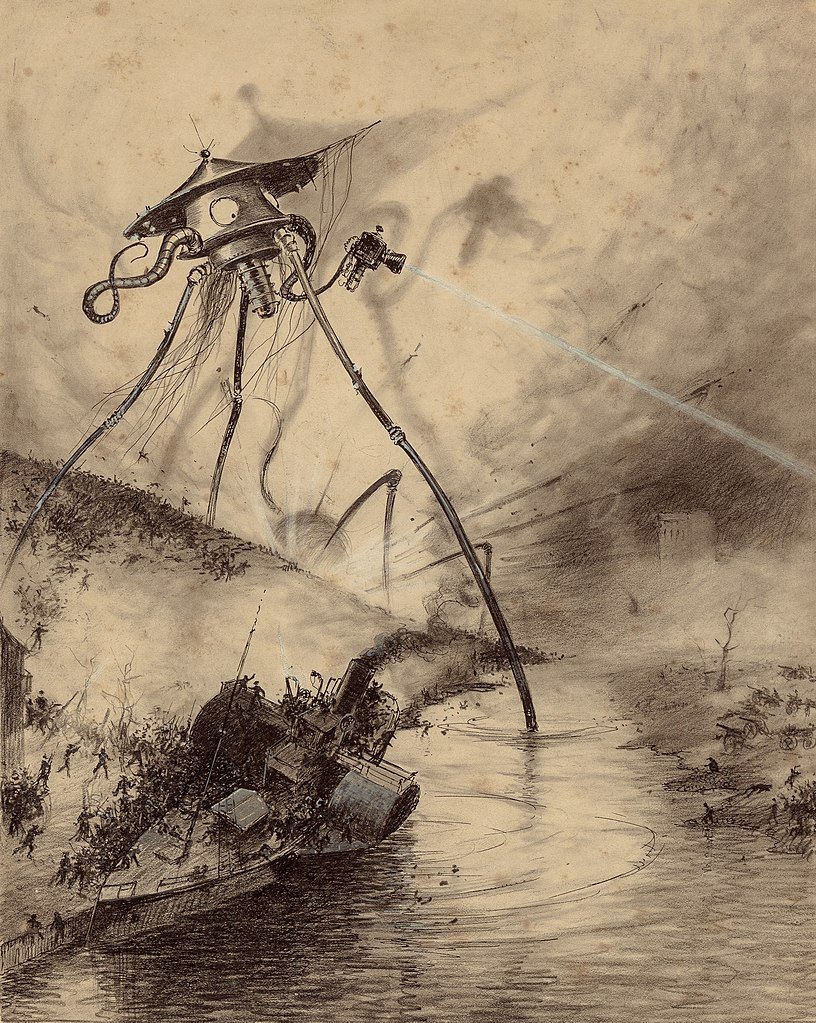17 June 2023
(This entry is for the chemical element. For the slang term for a policeman, see the entry for cop.)
Copper is a pinkish-orange metal that is soft, malleable, and ductile and that has high thermal and electrical conductivity. The metal has myriad uses from building construction to jewelry to electronic components. It has atomic number 29 and the symbol Cu.
Copper has been known since antiquity, and our present-day English word comes from the Old English copor. But that Old English word only appears three times in the extant corpus, although that fact probably tells us more about the types of texts that have been preserved than about the frequency of the word’s use during the pre-Conquest period. Two of the word’s appearances in the corpus are in glosses of Latin texts and the third is from a medical text:
To eahsealfe, nim aluwan & sidewaran, lawerberian & pipor, gescaf smale, & cubuteran fersce lege on wæter, nim þonne hwetstan bradne & gnid ða buteran on ðæm hwetstane mid copore þæt heo beo wel toh, do þonne sumne dæl þara wyrta þærto, clæm ðonne on arfæt, læt standan nygon niht.
(For an eye salve, take aloes and zedoary, laurel berries and pepper, shave them small, and lay fresh cow’s butter in water, then take a broad whetstone and rub the butter on the whetstone with copper so that it may be very sticky, then add some part of the worts to it, then enclose it in a brass vessel, let it stand for nine nights.)
The Old English word is from a common Germanic root that itself comes from the late Latin cuprum, short for Cyprian aes (Cyprian metal), so called because Cyprus was a major source for copper ore in the ancient Mediterranean region. We get the symbol Cu from the Latin word.
In antiquity and in the Middle Ages, seven of the elemental metals were each associated with a god and with a planet, with copper associated with Aphrodite/Venus. We see this association in a variety of alchemical writings, including Chaucer’s The Canon’s Yeoman’s Tale:
I wol yow telle, as was me taught also,
The foure spirites and the bodies sevene,
By ordre, as ofte I herde my lord hem nevene.The firste spirit quyksilver called is,
The seconde orpyment, the thridde, ywis,
Sal armonyak, and the ferthe brymstoon.
The bodyes sevene eek, lo, hem heere anoon:
Sol gold is, and Luna silver we threpe,
Mars iren, Mercurie quyksilver we clepe,
Saturnus leed, and Juppiter is tyn,
And Venus coper, by my fader kyn!(I will tell you, as it was taught also to me,
The four spirits and the seven metals,
In the order as I often heard my lord name them.The first spirit is called quicksilver,
The second orpiment, the third, indeed,
Sal ammoniac, and the fourth brimstone.
The seven metals also, lo, hear them now:
The Sun is gold, and the Moon we assert silver,
Mars iron, Mercury we call quicksilver,
Saturn lead, and Jupiter is tin,
And Venus copper, by my father’s kin!)
Our understanding of copper as an element, in the present-day definition of that word, dates to the late eighteenth century.
Sources:
Chaucer, Geoffrey. “The Canon’s Yeoman’s Tale.” The Canterbury Tales. In Larry D. Benson, ed. The Riverside Chaucer, 8.819–29, 273. Also, with minor variation in wording, at Harvard’s Geoffrey Chaucer Website.
Cockayne, Oswald. Leechdoms, Wortcunning, and Starcraft of Early England, vol. 3 of 3. London: Longmans, et al., 1866, 16–17. HathiTrust Digital Archive.
Middle English Dictionary, 2019, s.v. coper, n.
Miśkowiec, Pawel. “Name Game: The Naming History of the Chemcial Elements—Part 1—from Antiquity till the End of 18th Century.” Foundations of Chemistry, 1 November 2022.
Oxford English Dictionary, second edition, 1989, s.v. copper, n.1.
Image credit: US Geological Survey, 2009. Wikimedia Commons. Public domain image.





